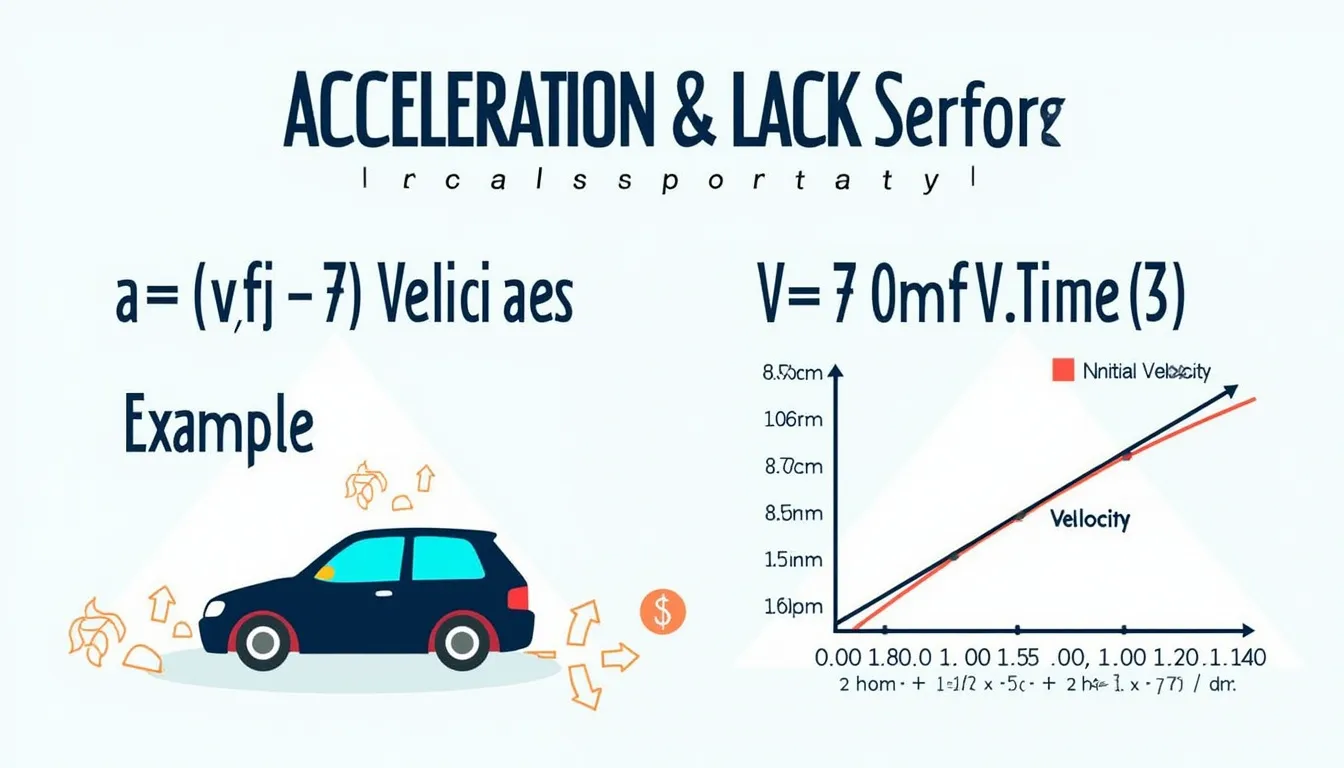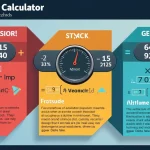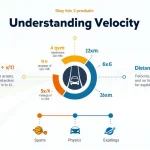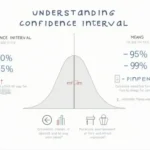Acceleration Calculator
Is this tool helpful?
How to use the tool
- Initial velocity (vi): type the object’s starting speed, e.g., 15 m/s or 42.8 m/s.
- Final velocity (vf): enter the ending speed, e.g., 30 m/s or 8.4 m/s.
- Time interval (t): provide the duration in seconds, e.g., 3 s or 4.7 s (must be > 0).
- Press “Calculate” to view acceleration in m/s²; positive means speeding up, negative means slowing down.
Formula behind the button
The calculator applies the kinematic identity:
$$a = rac{v_f – v_i}{t}$$
- a – acceleration (m/s²)
- vf – final velocity (m/s)
- vi – initial velocity (m/s)
- t – time (s)
Worked examples
- Example A: vi=15 m/s, vf=30 m/s, t=3 s → a = (30−15)/3 = 5 m/s².
- Example B: vi=20 m/s, vf=5 m/s, t=4 s → a = (5−20)/4 = −3.75 m/s².
Quick-Facts
- SI unit: metre per second squared, symbol m/s² (BIPM SI Brochure, 2019).
- 1 g = 9.81 m/s² standard gravity (NIST, 2023).
- Average passenger car accelerates 0–100 km/h in 8.2 s (ETSC Report, 2022).
- Saturn V first-stage thrust produced ≈3 g launch acceleration (NASA Apollo 11 Summary, 1969).
FAQs
What is acceleration?
Acceleration is the rate at which velocity changes with time; it measures how quickly an object speeds up, slows down, or changes direction (Tipler & Mosca, 2007).
How does the calculator work?
It subtracts initial velocity from final velocity, divides by elapsed time, then rounds to two decimals for readability—exactly following $$a= rac{v_f-v_i}{t}$$ (Tipler & Mosca, 2007).
Can acceleration be negative?
Yes. A negative value, called deceleration, signals the object is slowing along its current path (Halliday et al., 2014).
Why must time be positive?
Division by zero is undefined, and negative time would reverse causality; physics equations assume t > 0 (Kleppner & Kolenkow, 2013).
Which units does the tool output?
Results appear in metres per second squared, the SI base unit for acceleration (BIPM SI Brochure, 2019).
How accurate are the results?
The formula itself is exact; rounding to two decimals keeps display tidy while staying within 0.01 m/s² of the computed value.
Can I use it for free-fall problems?
Yes—enter vi, vf, and fall time to compare against 9.81 m/s² gravitational acceleration (NIST, 2023).
How do I convert m/s² to g-forces?
Divide acceleration by 9.81 m/s²; e.g., 19.6 m/s² ÷ 9.81 = 2 g (NIST, 2023).
Important Disclaimer
The calculations, results, and content provided by our tools are not guaranteed to be accurate, complete, or reliable. Users are responsible for verifying and interpreting the results. Our content and tools may contain errors, biases, or inconsistencies. We reserve the right to save inputs and outputs from our tools for the purposes of error debugging, bias identification, and performance improvement. External companies providing AI models used in our tools may also save and process data in accordance with their own policies. By using our tools, you consent to this data collection and processing. We reserve the right to limit the usage of our tools based on current usability factors. By using our tools, you acknowledge that you have read, understood, and agreed to this disclaimer. You accept the inherent risks and limitations associated with the use of our tools and services.







